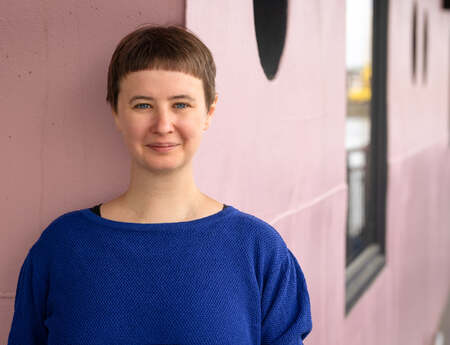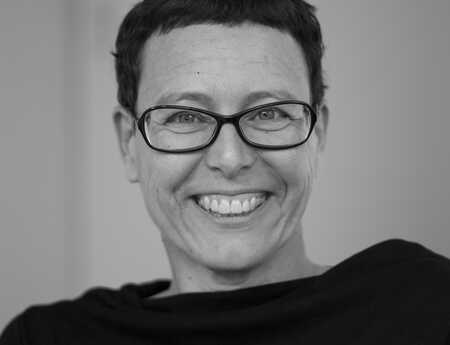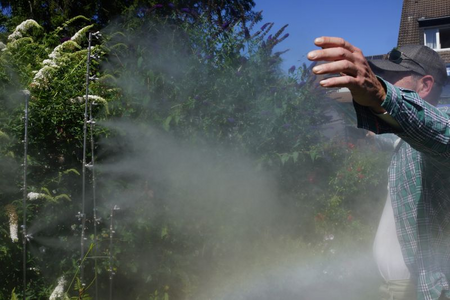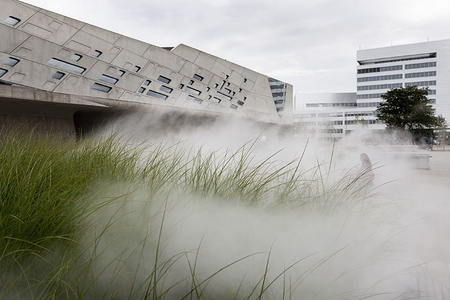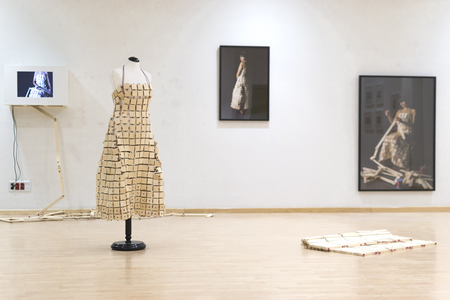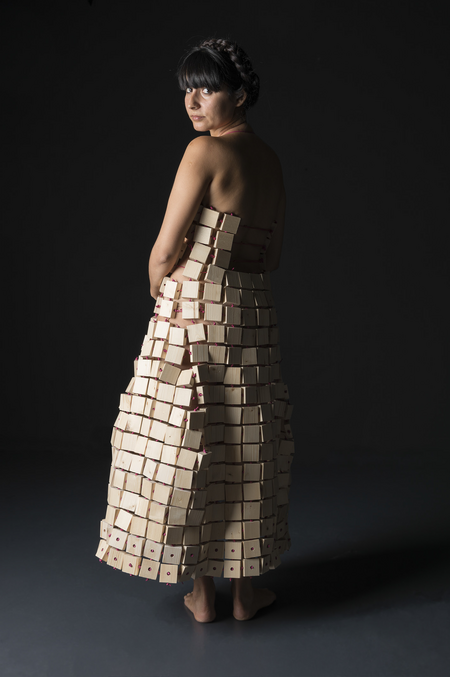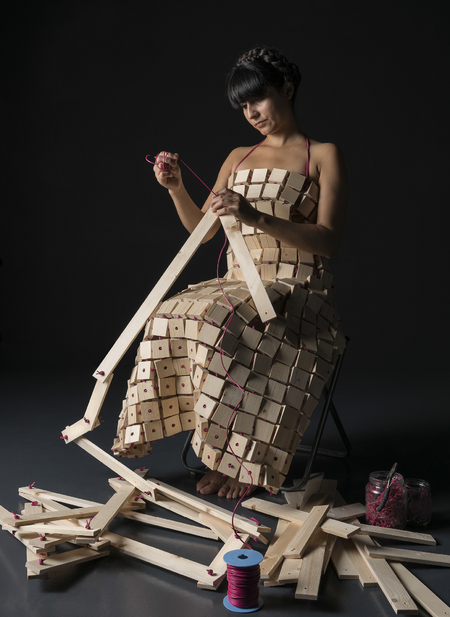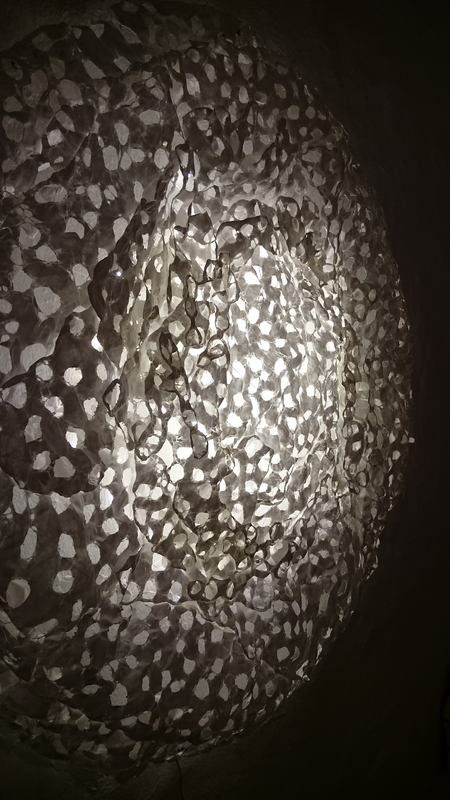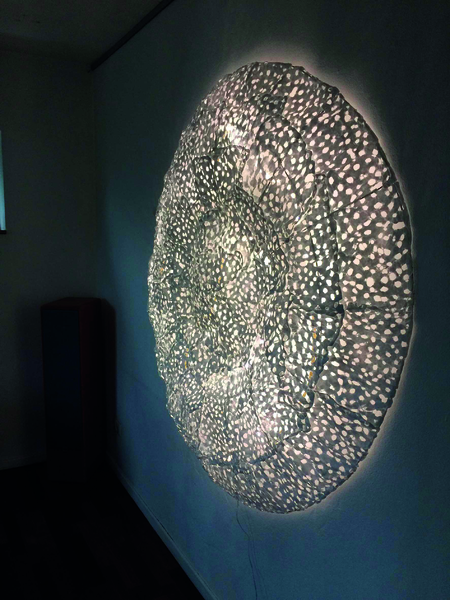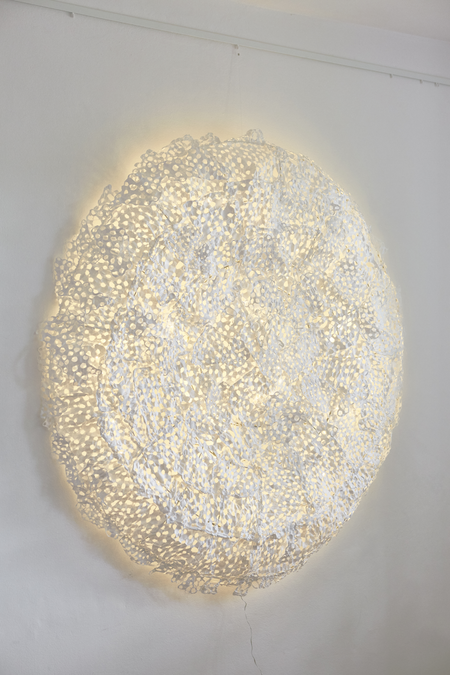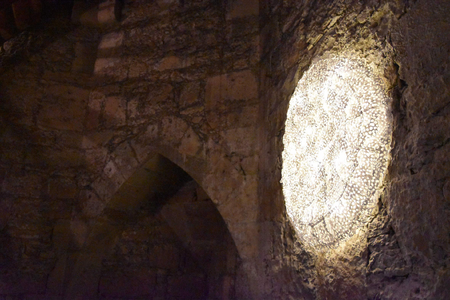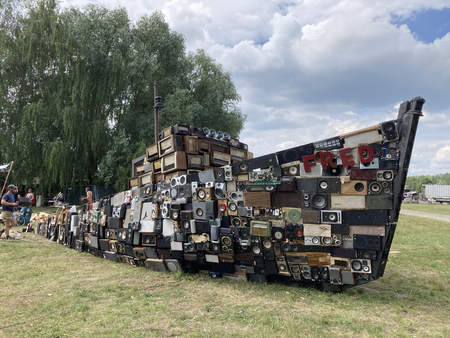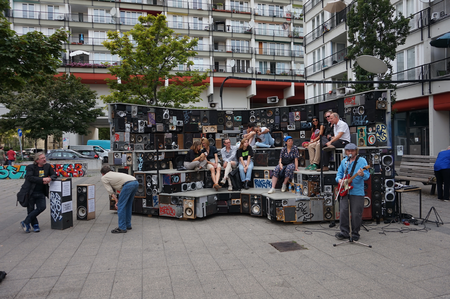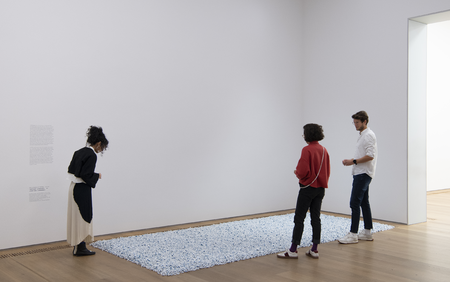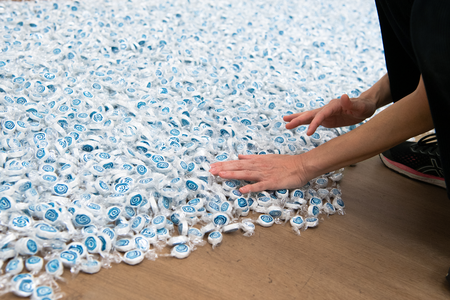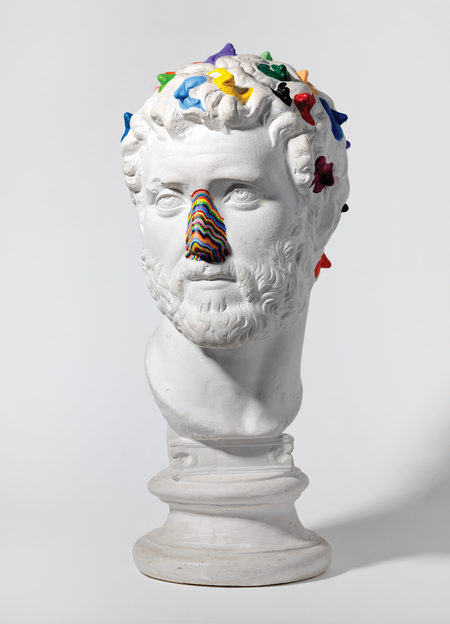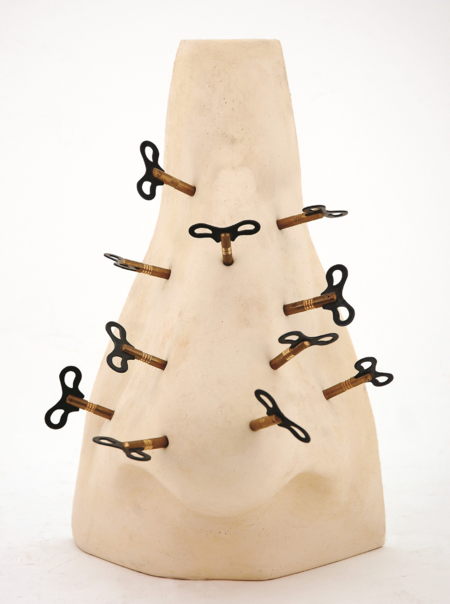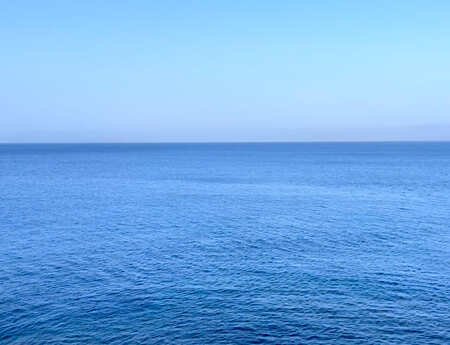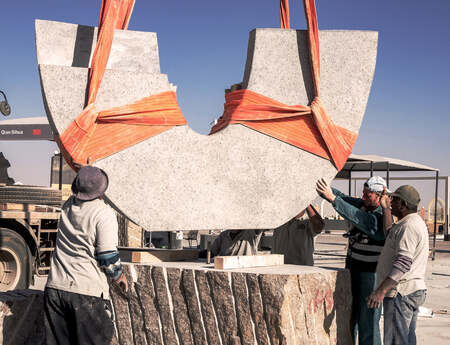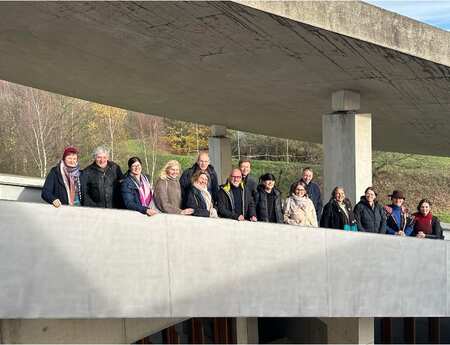Sensing Sculpture
Wie riecht heiße Bronze, bevor sie zu Kunst wird? Wie fühlt sich ein Werk aus Nebel auf meiner Haut an? Wie klingen Soundinstallationen, wenn der Ton abgestellt wird? Gibt es süße Kunstwerke? Wann berührt mich eine Skulptur und wann darf ich eine Skulptur berühren? Dieser und vielen anderen Fragen möchten wir dieses Jahr auf den Grund gehen und uns dem Thema Sensing Sculpture widmen.
Nachdem wir in den letzten beiden Jahren sehr große gesellschaftliche Themen gestemmt haben – Sculpting Society 2022 und Sculpture and Climate Emergency 2023 – möchten wir 2024 zurück zu den Wurzeln. Zurück zum Kunstwerk. Wie es schmeckt, wie es riecht, wie wir es sehen und wie es sich anfühlt.
In unseren Magazinartikeln und bei unseren Veranstaltungen wollen wir Skulptur mit allen Sinnen erlebbar machen und die Hintergründe dieser sinnlich wahrnehmbaren Werke erkunden. Von Barcelona bis Berlin – in ganz Europa möchten wir Skulptur spüren. Als Vorgeschmack auf dieses Jahr hier eine kleine digitale Ausstellung von Kunstwerken für die Sinne.
Fühlen: Judith Mann und Tamara Jacquin
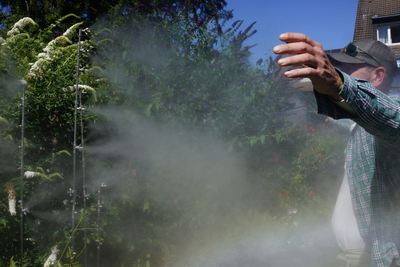
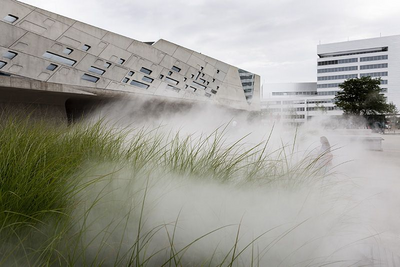
Nebel. Die uns aus dem Alltag so bekannten, feinsten Wassertröpfchen sind das Medium von Judith Mann. Neben Elektromagnetismus, Blitzen und anderen Naturphänomenen bringt sie Betrachter:innen ihrer Arbeiten diese zarteste Form des Regens näher und macht den Nebel spürbar. An Orten und zu Uhrzeiten, zu denen natürlicherweise keine graue Wolke den Boden berühren würde.
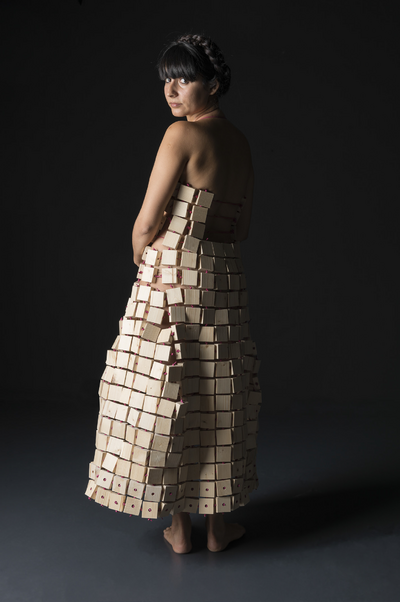
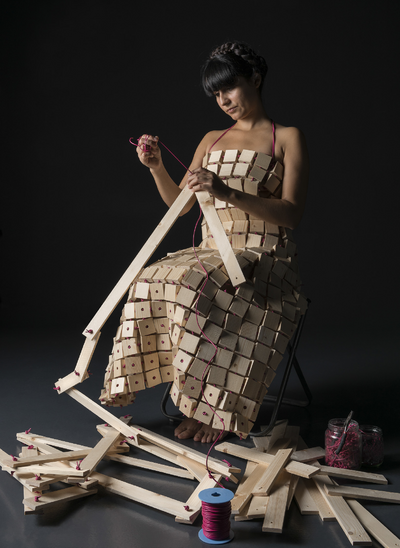
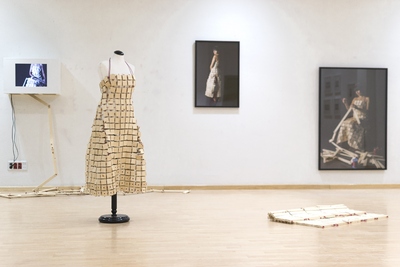
Im Gegensatz zu Judith Manns zartem Nass fühlt sich Tamara Jacquins Arbeit eher hart und kantig an. Für ihr Projekt Body Architecture IV baute sie ein Kleid aus Holz und trug dieses Kleid bei einer Performance selbst. Für die Künstlerin steht das relativ schwere, unbequeme Kleidungsstück für die Last, die Frauen im Rahmen gesellschaftlicher Erwartungen zu tragen haben, und die Ironie, dass die schwer zu tragenden Dinge teilweise immer wieder selbst neu erschaffen werden. Dieses Gewicht spürt sie durch das Kleid sprichwörtlich selbst.
Hören: Benoît Maubrey
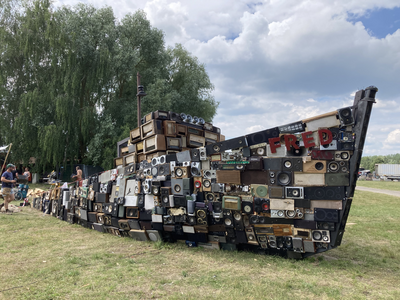
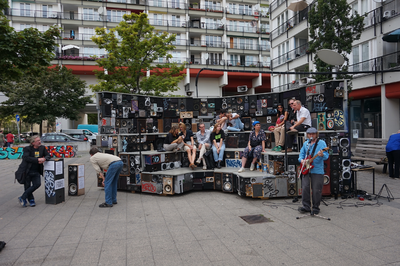
Benoît Maubreys Material sind gefundene und recycelte elektronische Geräte. Seine Installationen, wie SHIPWRECK und SPEAKERS ARENA, können Besucher:innen selbst klanglich mitgestalten. Über Bluetooth können sie Lieder oder Nachrichten abspielen lassen oder sich über ein Mikrofon direkt mit den Lautsprechern verbinden. Die Installation wird zur Konzerthalle.
Neben großen Arbeiten im öffentlichen Raum gestaltet Benoît Maubrey auch klingende Klamotten, die mit Verstärkern und Lautsprechern ausgestattet werden.
Über seine eigene Arbeit sagt er: „Künstlerisch verwende ich Lautsprecher, ähnlich wie ein Bildhauer Ton oder Holz: als modernes Medium, um monumentale Kunstwerke zu schaffen, mit dem zusätzlichen Reiz, dass sie die Luft um sich herum in Schwingung versetzen können (‚Sound‘) und einen öffentlichen ‚Hotspot‘ schaffen.“
Sehen: Verena Friedrich
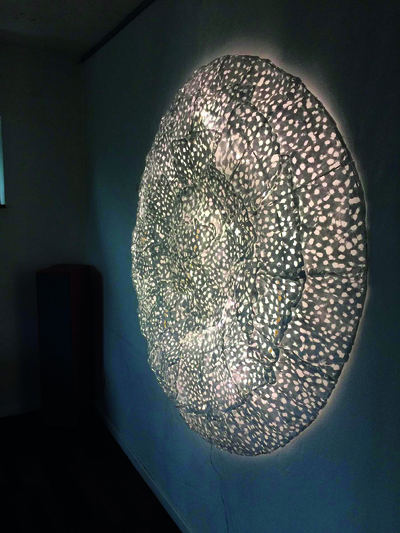
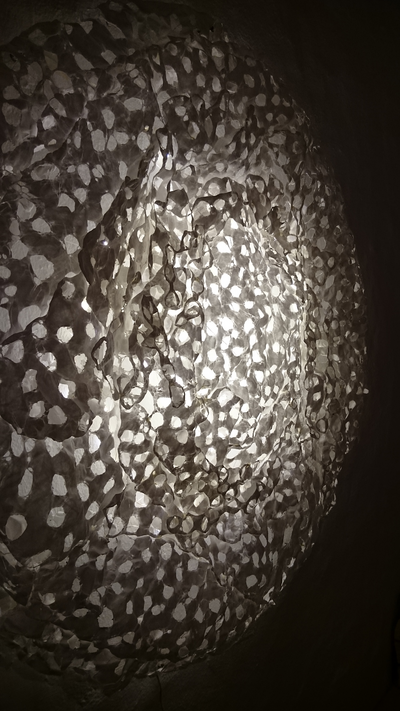
In mühsamer Handarbeit brennt Verena Friedrich mithilfe einer Kerzenflamme Löcher in einen Vliesstoff. Die so entstandene Arbeit contemplation lädt zum Verweilen und zur Selbstreflexion ein. Erst durch die Löcher kann das Licht durch die Arbeit dringen und das Werk sichtbar werden.
Schmecken: Félix González-Torres
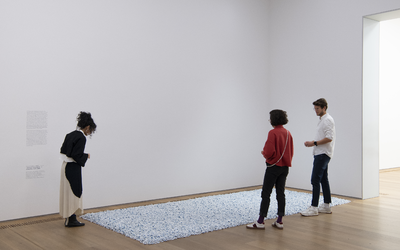
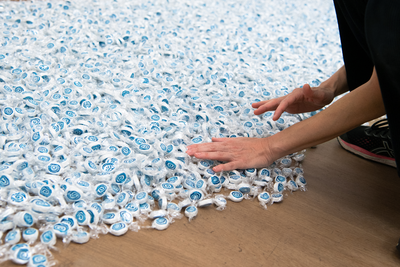
Neben dreidimensionaler Kunst zum Hören, Sehen und Spüren, kommt auch der Geschmackssinn bei manchen Werken nicht zu kurz. Félix González-Torres widmete in den 1990er Jahren eine ganze Serie von Arbeiten einem besonderen Lebensmittel: Bonbons. In seinen nur oberflächlich süßen Candy Works thematisiert er schwierige gesellschaftliche Herausforderungen wie, im Falle von Untitled (Lover Boys), 1991, die Verbreitung von Aids. Indem er das Optimalgewicht seiner Arbeit aus einzelnen Bonbons mit 161 kg festlegt, genau das Gewicht des Künstlers selbst zusammen mit seinem an Aids gestorbenen Partner Ross Laycock, setzt er einen starken Kontrast zum auf den ersten Blick bunten und harmlosen Werk – welches von den Besucher:innen sogar probiert und mit nach Hause genommen werden darf.
Er stellt damit auch Kurator:innen immer wieder vor die Herausforderung, sein Werk neu zu interpretieren. Ob und wie oft die Bonbons in einer Ausstellung wieder aufgefüllt werden, auf welcher Fläche sie präsentiert werden und wie lange das Idealgewicht eingehalten wird, ist ganz den Ausstellungsmacher:innen überlassen – wie vergangenes Jahr eindrucksvoll im Münchner Museum Brandhorst im Rahmen der Ausstellung Future Bodies from a Recent Past zu sehen und zu schmecken war.
Riechen: NASEVO
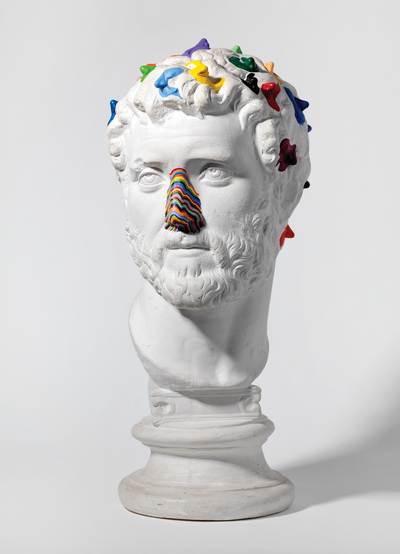
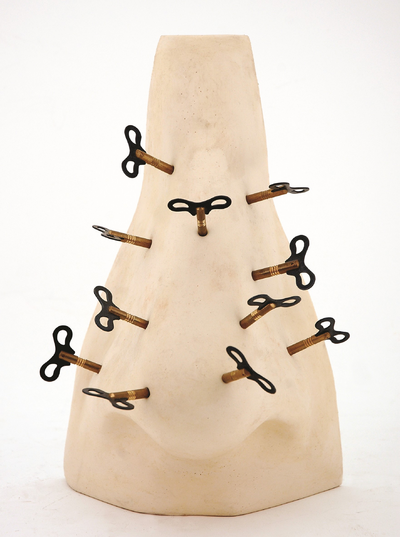
Die Stiftung Ernesto Ventós sammelt Kunst, die sich dem Thema Riechen widmet. Der spanische Künstler Ernesto Ventós Omedes (genannt NASEVO) war von Kindheit an taub. Seine Familie stellte Duftstoffe her. So ist es nicht erstaunlich, dass sich NASEVO schon früh darauf spezialisierte, die Welt durch seine Nase zu verstehen. Zwar duften seine künstlerischen Arbeiten selbst nicht, aber die für ihn mit dem jeweiligen Werk in Verbindung gebrachte olfaktorische Note ist in den Titeln festgehalten. Im Museum selbst bekommen die Besucher:innen eigens für die Arbeiten hergestellte Düfte zur Verfügung gestellt, während sie die Arbeiten ansehen.
Wir freuen uns auf ein Jahr voller weiterer, sinnlich wahrnehmbarer, dreidimensionaler Kunst und toller neuer Erfahrungen unter dem Motto Sensing Sculpture!

